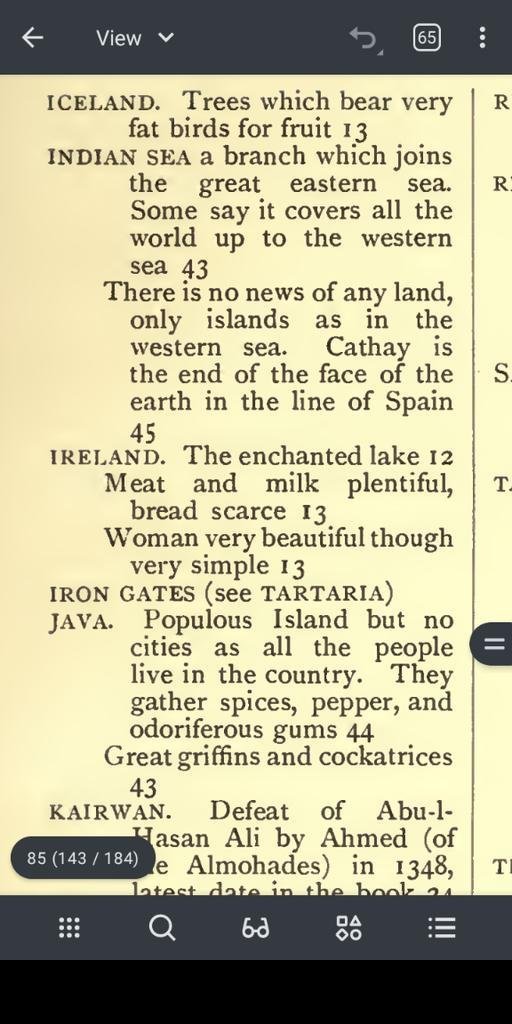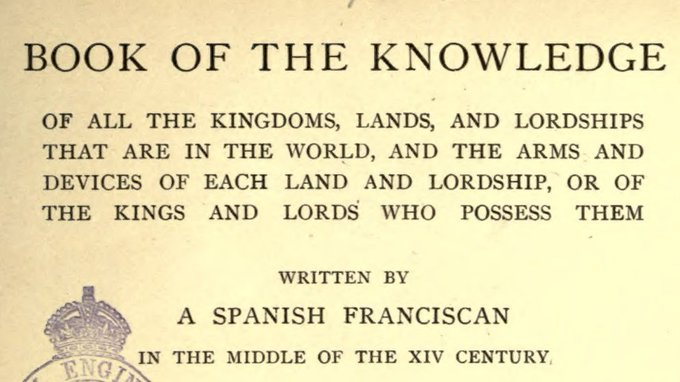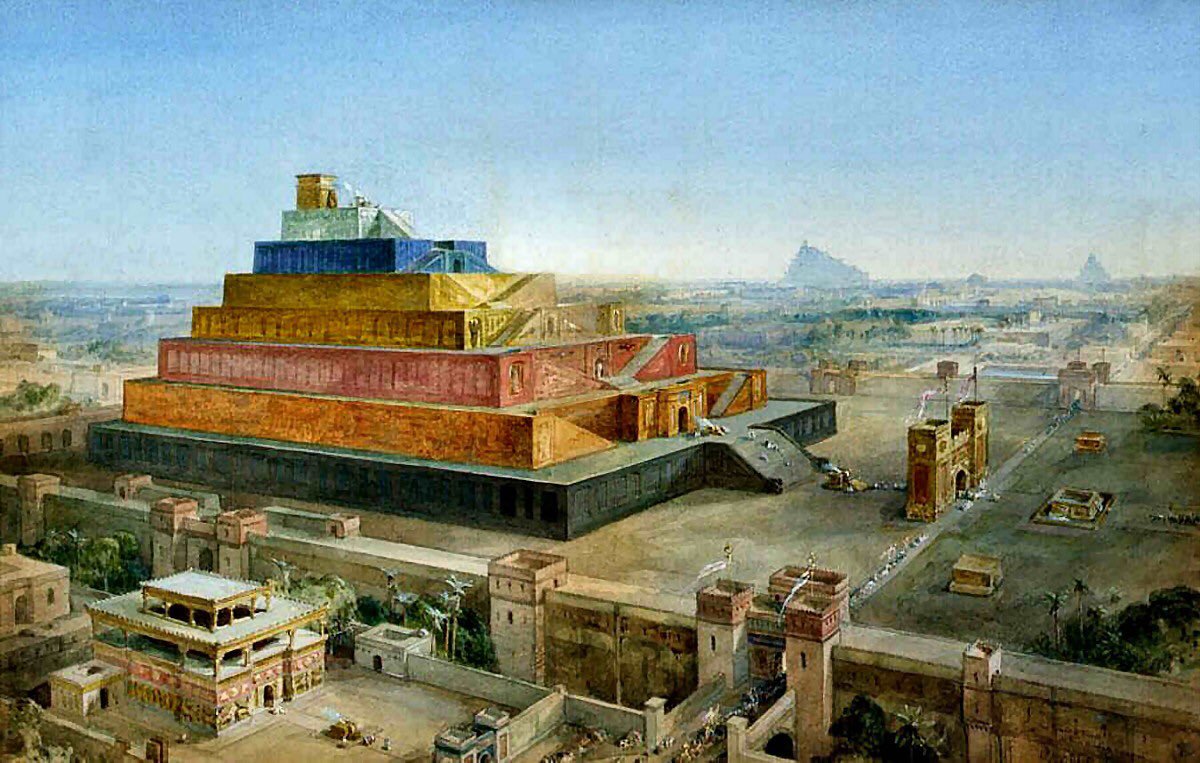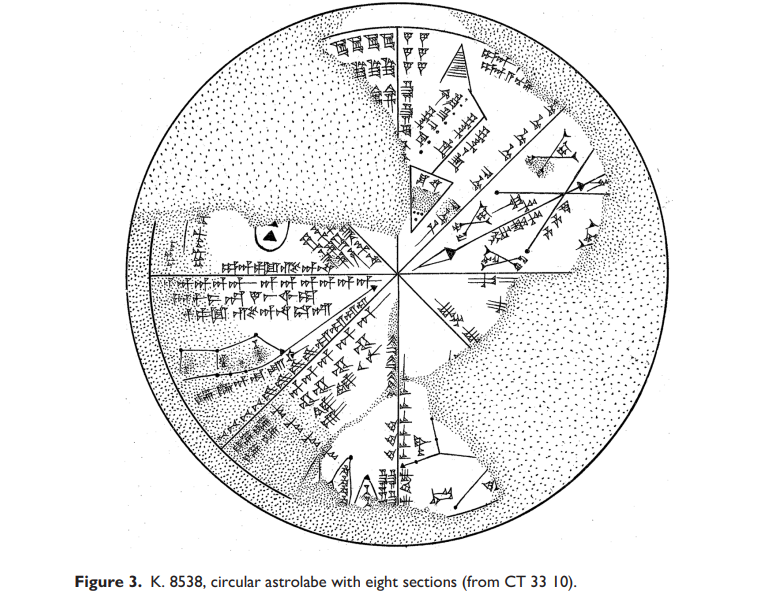1/
#PortlandCement
#NaturalCement
#RomanCement
#RosendalCement
This is the cement that "Built America".
But How?
When 'America' didn't even INVENT [read: rediscover] Natural Cement until most of these #Tartarian buildings were made?
Lets start with some chronology in, so-called-'Rome'
#Pliska with #RomanCement, 700 years AFTER Rome 'fell' and "officially" had already "Lost" the technology.
But here we are with #Pliska, and the #Ologies have no excuse how this is possible, this was built 700 years after 'Rome Fell', 'in the style of Rome' but NOT by Romans, built by Bulgarians, they say.
But that is impossible, they didn't HAVE the #RomanCement recipe.
The truth is, it is an Original Roman Structure, prescribed TO the Bulgarians 700 years later to enforce the fake Timeline [read: the added 1000 years]
cont..
#PortlandCement
#NaturalCement
#RomanCement
#RosendalCement
This is the cement that "Built America".
But How?
When 'America' didn't even INVENT [read: rediscover] Natural Cement until most of these #Tartarian buildings were made?
Lets start with some chronology in, so-called-'Rome'
#Pliska with #RomanCement, 700 years AFTER Rome 'fell' and "officially" had already "Lost" the technology.
But here we are with #Pliska, and the #Ologies have no excuse how this is possible, this was built 700 years after 'Rome Fell', 'in the style of Rome' but NOT by Romans, built by Bulgarians, they say.
But that is impossible, they didn't HAVE the #RomanCement recipe.
The truth is, it is an Original Roman Structure, prescribed TO the Bulgarians 700 years later to enforce the fake Timeline [read: the added 1000 years]
cont..

@threadreaderapp unroll please
• • •
Missing some Tweet in this thread? You can try to
force a refresh




















